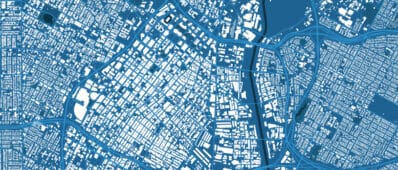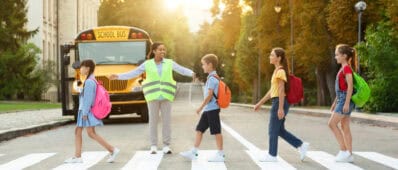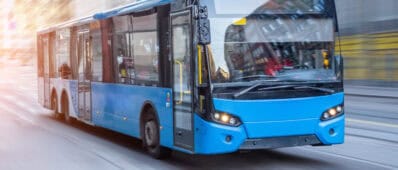Abstract
Problem, research strategy, and findings:
A growing number of planning researchers and practitioners argue for a shift from mobility-centered transportation planning to an accessibility-focused one. Accessibility is a compelling concept that has proven more difficult to operationalize than mobility, which helps to explain why so many accessibility metrics have been developed for urban research and planning practice. To assess the state of these metrics, we reviewed 54 of them in light of their theoretical basis, data requirements, units of analysis, travel modes and trip purposes accounted for, and potential applications to planning practice. We also reviewed the substantial literature on accessibility measurement and interviewed planning practitioners who are applying accessibility metrics in practice. We find that accessibility theory and measurement have advanced more rapidly than applications in practice. However, a new generation of tools is emerging that may accelerate the move to accessibility planning. Although many of the measures focus on a single travel mode, the number of multimodal metrics is growing. Most of the measures are designed for regional-scale planning and scenario evaluation; only a few to date are intended for project evaluation.
Takeaway for practice:
The 54 accessibility metrics and tools we reviewed vary widely and none stands out as obviously superior for planning practice. Although most calculate the accessibility of places, and many do so reasonably well, we see the most promise in measures of the accessibility of travelers, which can then be aggregated for place-based analyses while still shedding light on how access can vary substantially across different types of travelers. The principal challenge to broadly deploying accessibility analyses in practice in the years ahead is in developing measures that meaningfully measure the many salient dimensions of access, have manageable data requirements, and are understandable to planners, public officials, and community members.


